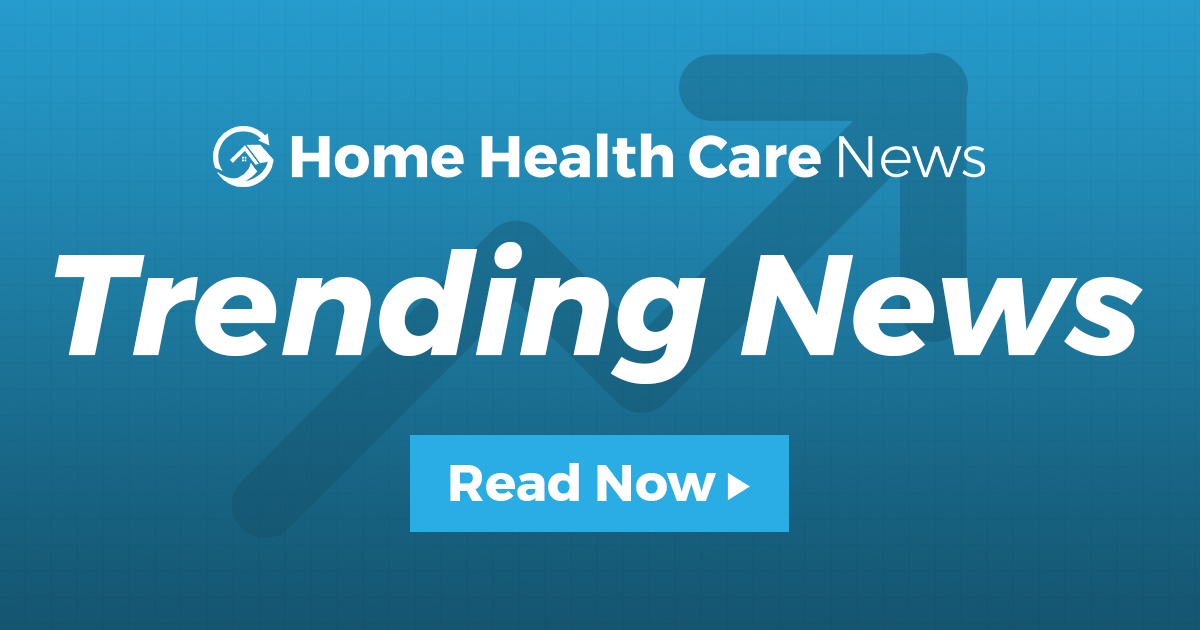Finding The Right Payer Mix Key To ‘fiscal Resilience’ In Home Care

This article is a part of your HHCN+ Membership
As home care leaders look to the rest of 2025, they are considering how their current payer mix will impact their organizations and leaning into the business opportunities that will move them forward.
At Home Assist Health, the current payer mix is roughly 80% Medicaid, about 15% Arizona’s Division of Developmental Disabilities and 5% private pay.
Sara Wilson, CEO of Home Assist Health, said she believes that a diverse payer mix is important for maintaining fiscal resilience. It’s also a method to ensure that the company is meeting community needs, she said during a recent Home Health Care News 2025 Outlook webinar.
“There are more and more pathways to accessing care, so to be a good partner and make sure those pathways can be used, we would like to be a place that offers that option,” Wilson said. “We are actively pursuing new contracts for our community health worker services, which would be a new funding source for us. Currently, it’s been largely funded through grants.”
Home Assist Health is a home-based care provider that provides a variety of care services, such as personal care, housekeeping and respite care.
The company is also looking to establish a home health licensure this year, in order to offer more of a one-stop-shop care service.
“We are looking at diversifying, as a means to ensure we’re able to move our mission and purpose forward, as we go through all the changes in the industry,” Wilson said.
For Cypress HomeCare Solutions, a large portion of its payer mix is private pay. The company’s current payer sits at 90% private pay and 10% Medicaid.
Cypress is also VA approved and is currently working on developing this side of the business, according to Bob Roth, co-founder and managing partner of the company.
“I think many home care companies see the value in serving our veterans, so we’re looking to expand in that area as well,” he said during the webinar.
Founded in 1994, Cypress is a home-based care company that offers personal care, dementia programs and more.
Despite making moves to build out its VA business, Cypress plans to remain bullish on private pay.
“We want to stay on the private pay side,” Roth said. “We’re just reimagining it, and trying to figure out how to deliver care differently, in the sense of utilizing tech and innovation. People want to stay at home. We’ve got to reimagine care and figure out how to do it and do it differently, rather than taking a square peg and pushing it down a round hole.”
Still, Roth is anticipating the challenges that may come with sticking to a largely private pay reimbursement structure. He believes that the biggest pain will be cost.
Between 2019 and 2025, the cost of services at Cypress went up more than 40%.
“It’s not just for Cypress — it’s across the board,” Roth said. “Labor costs are really high. We need to be cognizant of the cost of our services.”
One of the ways the company is addressing this is by incorporating machine learning.
“We’ve saved between 120-150 human hours a month,” Roth said. “How are we doing that? We’re utilizing machine learning to do a lot of the repetitive tasks, and the redundancies that are done by humans.”
Aside from solidifying reimbursement structures, Wilson and Roth are also identifying the best business opportunities for their companies.
One of the biggest opportunities Home Assist Health has set its sights on is evolving from being a preventative care partner to a more proactive care partner.
“A lot of us are familiar with care plans and individualized care plans, but being a proactive care partner is looking at care in a more dynamic way,” Wilson said. “We’re looking at more person centered care plans. How do we involve ourselves with social determinants of health? How are we really getting at the root of the issue to drive meaningful health outcome changes, such as reducing unnecessary emergency department visits? How do we deflect unnecessary or unplanned hospitalizations? There very much is a role for that in home care.”
Wilson said she believes that home care is well positioned to take on these roles because home care workers are “boots on the ground.”
“We are in the perfect position to be able to help preempt and take an intervention to improve the experience, not only in their life, but their overall health outcome,” Wilson said.
In terms of opportunities, Cypress has fully embraced participating in the Center for Medicare & Medicaid Innovation’s Guiding an Improved Dementia Experience (GUIDE) payment model.
“We are contracted with two really big health care providers here in our state, doing the GUIDE program,” Roth said. “We’ve got another one coming up in 2025. I see that as a really good indication of where we’re going.”
Looking ahead, Roth indicated that the industry will benefit from collaboration with peers.
“There’s so much business out there for all of us,” he said. “This is an industry where people have a lot of empathy and they work together, and I think together, we’re going to accomplish some really great things.”
The post Finding The Right Payer Mix Key to ‘Fiscal Resilience’ in Home Care appeared first on Home Health Care News.

